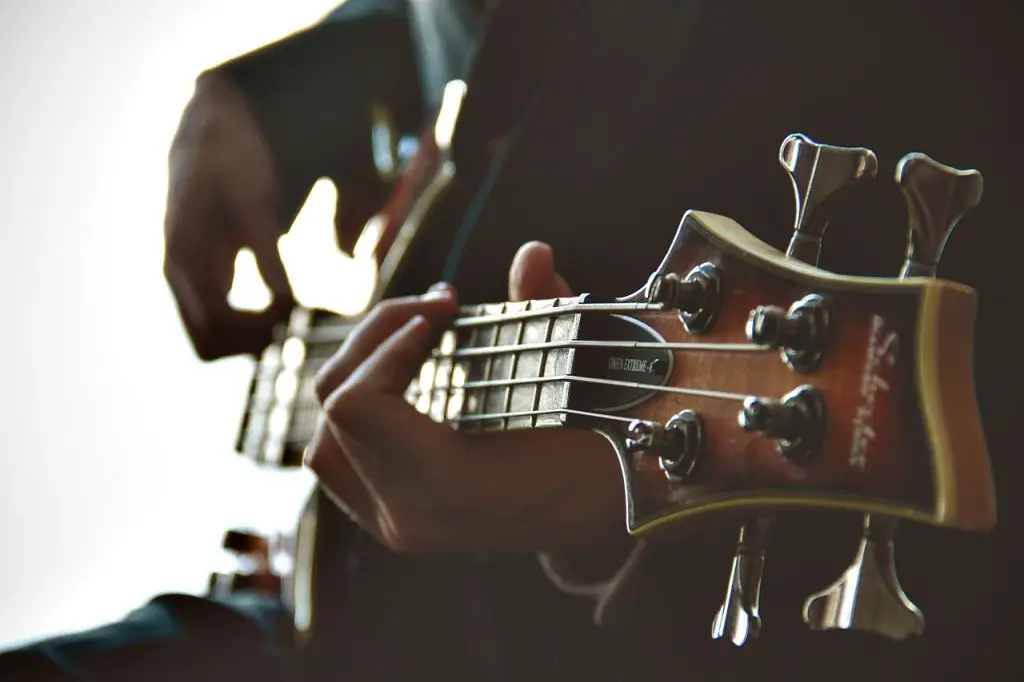From picking up bad habits to learning the best way to start learning chords and picking patterns, this article has listed some tips every person beginning to learn how to play the guitar should incorporate into their practice.

1) Learn how to grip the back of the neck.
While you’re learning how to play the guitar, many people will focus on how to hold the plectrum and how to press the strings to start playing chords. What people don’t focus on immediately is how they grip the neck of the guitar. When you first start playing, you may find you’re gripping around the neck of the guitar with your thumb to get more pressure when fretting the strings. This may work initially, but it isn’t a good habit to get into and will limit your progression, as you become an intermediate. The correct technique you should try to practice is to simply press the back of the guitar with your thumb. This doesn’t need to be done with excessive force and should feel comfortable. Also, this lets you move your fingers around the neck of the guitar much more easily, compared to the ‘death grip’ that some beginners sometimes use.
2. Practice sitting down and standing up.
Another good habit to get into is mixing up how you practice. Often, people will mainly practice while sitting down. This would be fine if you don’t intend on ever playing while standing up. But then, if you want to be able to play while standing up, you should make sure you’re rehearsing while standing up, as well as sitting down. There’s quite a big difference between the two; the main one being that it’s much harder to look at the neck of the guitar when you’re standing up.
3. Start slow.
For many of us, our favorite guitar players are most well-known for their fast playing. It might be what got you into playing the guitar in the first place. Know that you won’t be able to play like this to start with though. Precision and accuracy are far more critical to focus on as you begin. As you learn how to play scales perfectly at a moderate pace, you can start building up, and will eventually be able to shred up and down the neck without making a single mistake. If you try to play fast too soon though, you’ll be passing up this precision for speed, and will most likely end up just playing sloppy.
4. Look up the correct fingering.
If you’re learning how to play the guitar using a lot of tablatures (tab), or if you’re learning basic musician concepts like notation, it may not always be clear what finger to use to fret a note or chord. If something doesn’t feel quite right, it would still worth looking up the best fingering pattern, as someone with years of experience would have already worked it out for you.
5. Practice with a metronome.
A metronome is used to keep a certain tempo or beats per minute (bpm), and can be used to make sure you’re playing on time. This can be very difficult at first as you probably want to play certain notes faster or slower than the beat. By focusing on this though, you’ll be rewarded with perfect timing in the future. Metronomes can also be used to help you play faster. By setting the tempo a little faster each practice, you can work your way up to full speed.